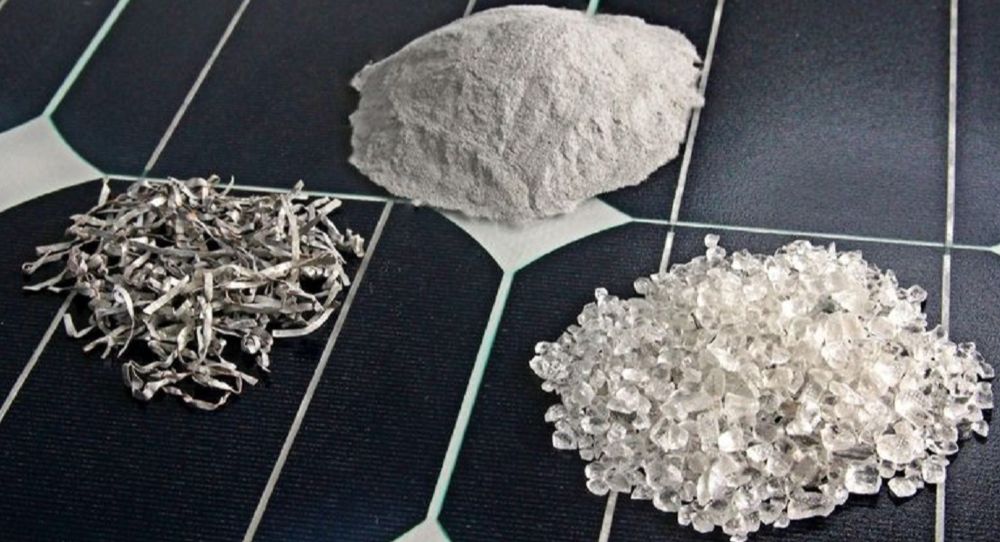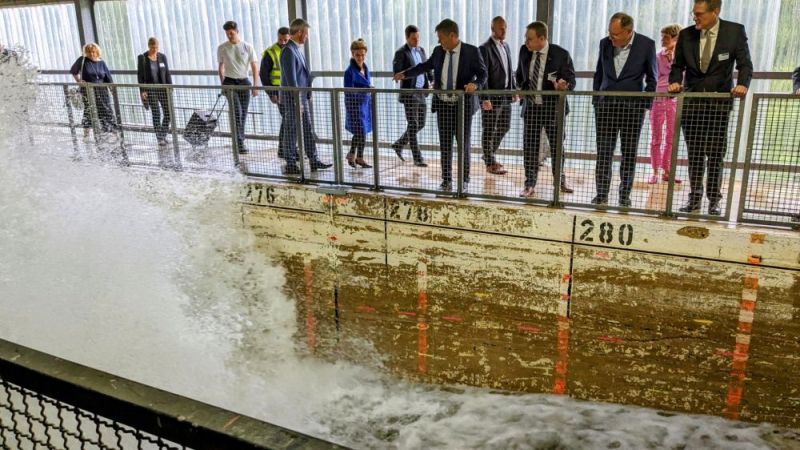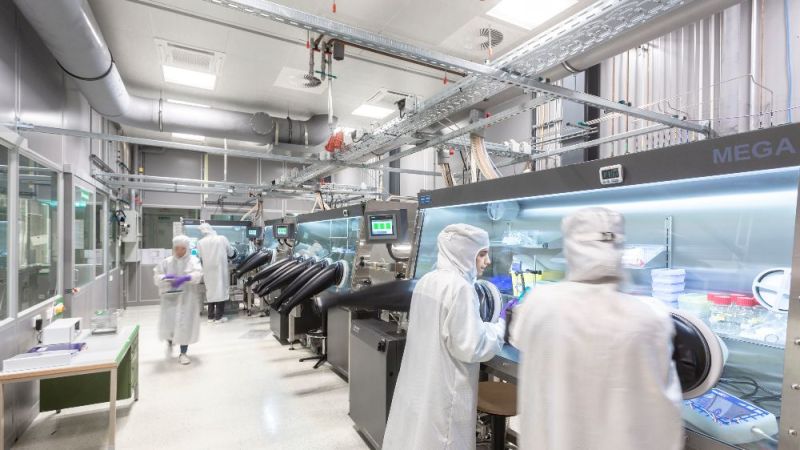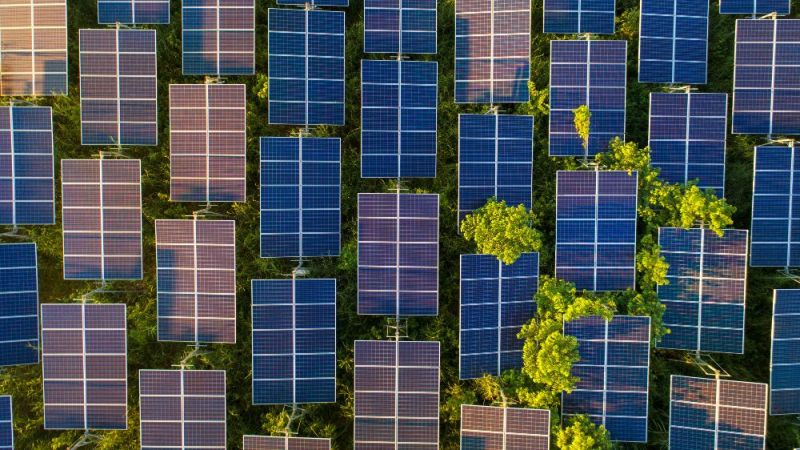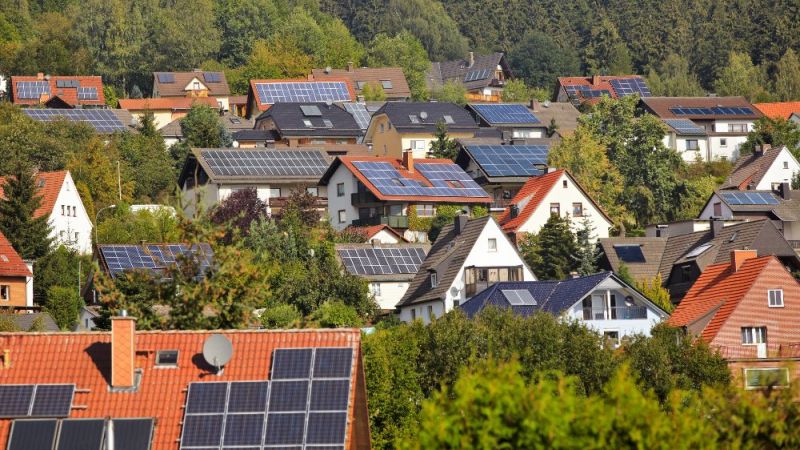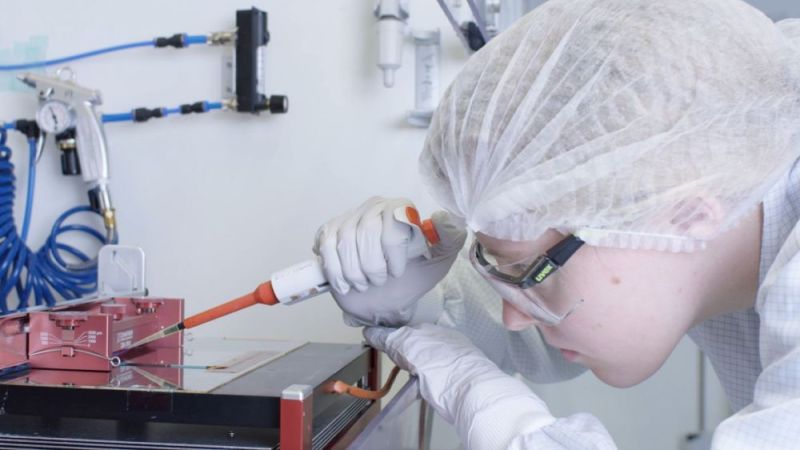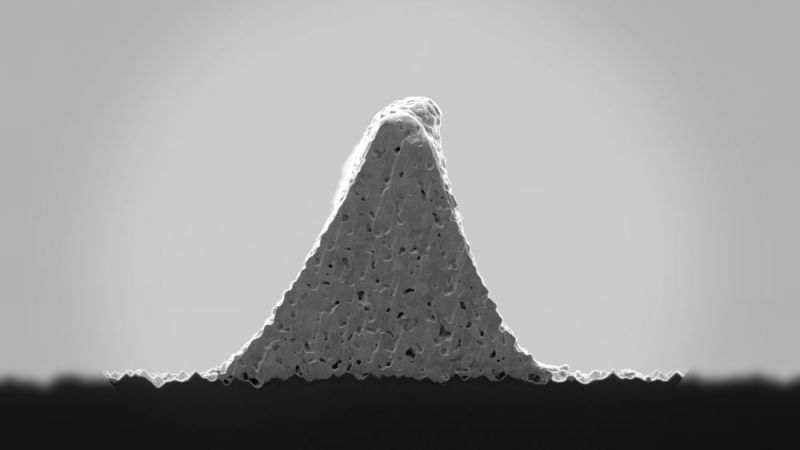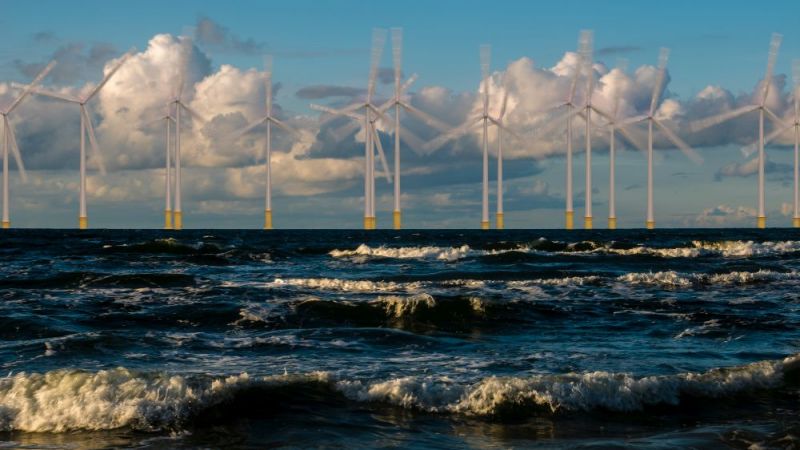Photovoltaics, Wind power
Recycling of offshore plants and photovoltaic modules
Wind turbines and photovoltaic modules have a limited lifetime. A number of projects are looking at how the components can be recycled.
For example in photovoltaics: Specially processed glass, various metals in the solar cells and in the frame, permanently attached plastic films - recycling photovoltaic modules is a challenge. But it's worth it. The silicon is needed for new modules. The glass is also something special: It is particularly transparent, extremely clear and ultra-pure so that sunlight is directed onto the solar cells as unfiltered as possible. But here lies also one of the difficulties in recycling. The associated process must clean this glass reliably and economically from film residues and metal-containing dust. In addition, the earlier modules in particular contain a comparatively large amount of lead. Heavy metals and other pollutants must be separated and disposed of safely.
Whiter glass through new processes
Within the EoL-Cycle project, project partners, coordinated by the company Reiling Glas Recycling, have been working on the so-called end-of-life modules. Reiling already had a recycling method before the project that was used to treat photovoltaic modules. However, the procedure was only partially adapted to the modules. "The glass recovered in this way could only be used for glass wool or insulation materials and the like", says Roland Pohl, project coordinator at Reiling. Within the project, the project partners have succeeded in significantly improving glass quality by incorporating two additional steps into the process.
After shredding, the material passes through specially developed classification steps - analyses within the project have shown that this allows silicon and silver to be concentrated in certain grain size ranges, which simplifies further recycling. The remaining glass is then additionally freed from plastics, glass with film residues and dust by a separator technology that was further developed in the project. The particles are separated in this process according to their density. "The glass becomes much whiter than before", says Pohl, describing the result. Silicon and silver are successfully separated and less dust is produced. In order to be able to implement these steps economically, further work is now pending.
Recycling of wind farms at sea completely new territory
With offshore wind turbines, the challenge starts with the location. Photovoltaic modules stand on meadows or are installed on roofs. Offshore wind farms, on the other hand, are located in the North and Baltic Seas. This alone makes even the transport of the components during dismantling complex and therefore expensive.
Various dismantling scenarios are therefore being developed in the SeeOff research project. Is it, for instance, more appropriate to dismantle the wind turbines directly at sea? Or should this only be done on land for safety and cost reasons? And do the foundations beneath the seabed at a depth of 30 or 40 metres have to be cut off or even completely removed? Or have new habitats for plants and animals developed there, and would it be better to leave parts of the offshore wind farm in situ?
Holistic approach to the dismantling of offshore wind turbines
Questions like these are discussed by the scientists of the Hochschule Bremen together with partners from the wind power and waste management industry and the different possible solutions are analysed. "We have to approach the topic from all perspectives", says Professor Silke Eckardt from the Hochschule Bremen, who is coordinating the project. It is helpful in this context that various wind energy companies contribute their know-how to the SeeOff project as project partners. Unfortunately, so-called exploded views are not standard in the wind turbine industry, unlike in the automotive industry. These show all the components and constituents of a product.
Despite this problem, the experts in the research project want to develop realistic dismantling scenarios for offshore wind farms. These should assist wind farm operators to estimate the costs. Environmental and occupational safety aspects as well as the question of social acceptance of the various possible solutions are also assessed. At the end of the project, a handbook is to be produced that compiles guidance for dismantling.
Recycling as an international research topic
The dismantling and recycling of wind turbines is also being promoted internationally. It was for instance the subject of a Topical Expert Meeting of the IEA Wind Technology Initiative in November 2019. The experts regard dismantling the offshore foundations that anchor the wind turbines deep down in the seabed as a challenge. Research and cooperation on recycling should be promoted, possibly with a dedicated, newly established Task.
The Photovoltaic Technology Initiative of the IEA addresses recycling within Task 12. Here, German scientists are already working on the BMWi-funded RePotPV project, in which potential recycling systems are to be comprehensively analysed.


